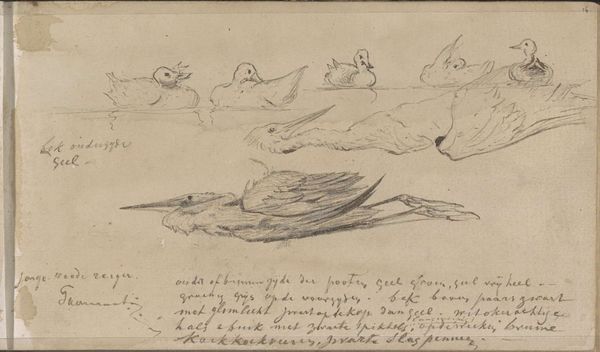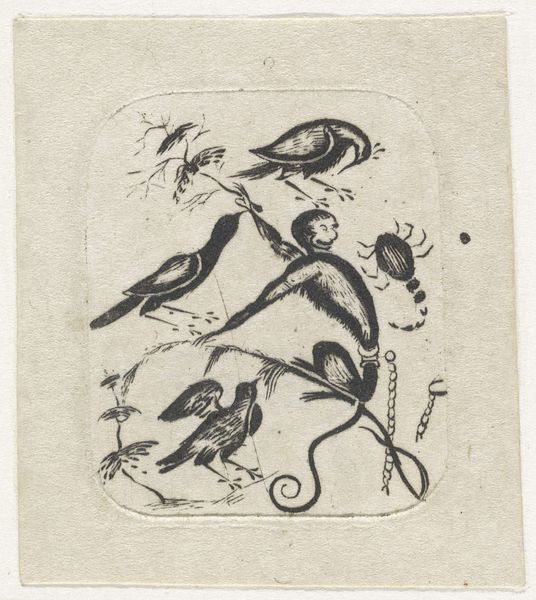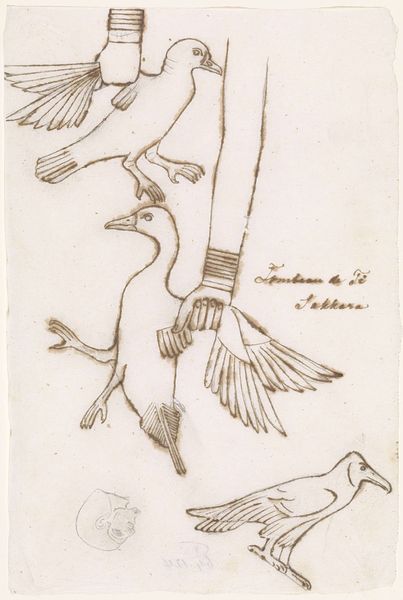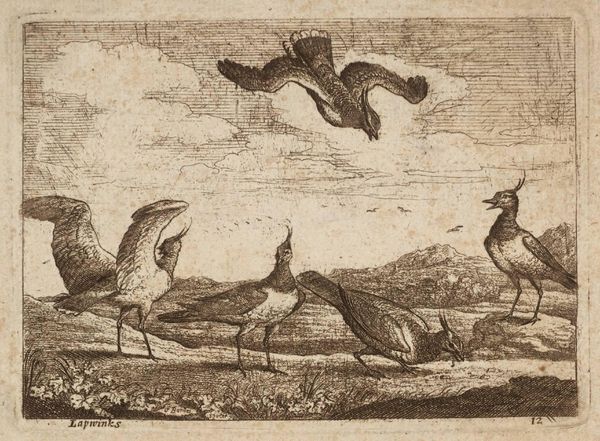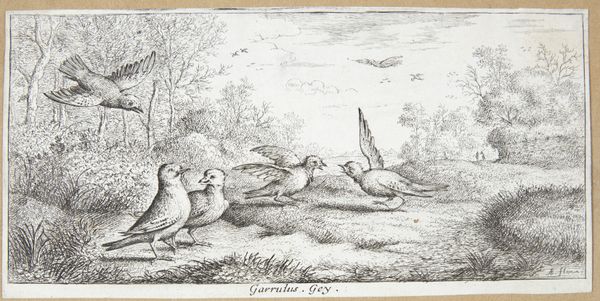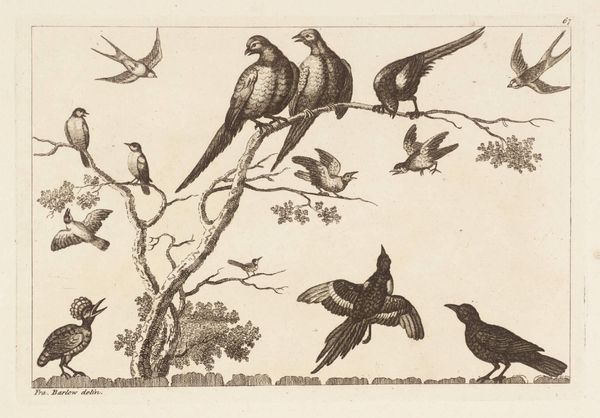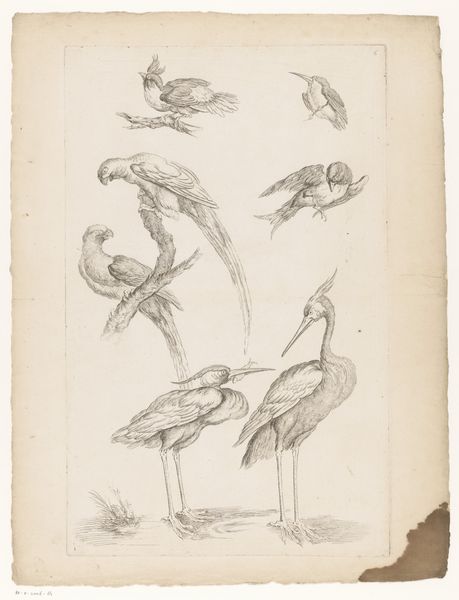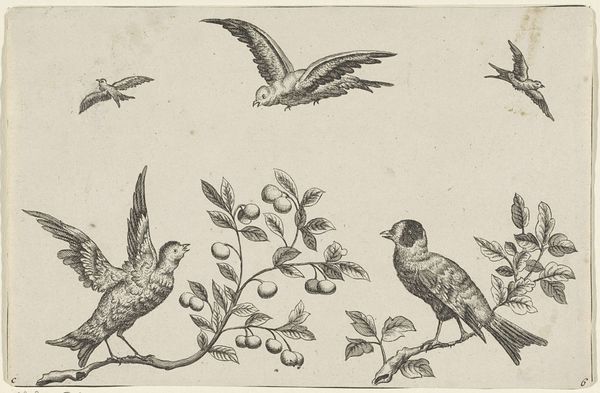
drawing, paper, ink
#
drawing
#
fairy-painting
#
narrative-art
#
caricature
#
bird
#
fantasy-art
#
figuration
#
paper
#
ink
#
line
#
botany
Copyright: Public domain
Editor: This is a drawing by Edward Lear called "Nonsense." It looks like it's made with ink on paper. There's a lady surrounded by birds, even on her enormous bonnet! It’s… well, it's utter nonsense, but in a charming way. I wonder, how do you interpret this work? Curator: This image offers a fascinating window into Victorian society’s evolving relationship with humor and the absurd. Lear, a master of the literary nonsense genre, challenges the strict social norms and didacticism prevalent at the time. This wasn’t simply playful art; it was participating in a larger cultural shift. Think about the rise of children’s literature and the growing acceptance of fantasy as a legitimate form of expression. Does the apparent simplicity of the image belie deeper cultural undercurrents? Editor: That’s a great point! I hadn’t considered it as part of a cultural shift. So, the humor becomes almost… subversive? Like a gentle rebellion? Curator: Exactly! By embracing the ridiculous, Lear poked fun at Victorian values, offering a lighthearted critique through a lens of whimsical imagination. This seemingly innocent drawing becomes a subtle commentary on societal constraints. In that light, the welcoming text is more than just whimsical--it reads as direct criticism against certain values. Editor: That’s fascinating! Seeing it in relation to the broader social and cultural context gives it a whole new dimension. I see it now as less simple absurdity and more social commentary disguised as humor. Curator: Indeed. It is in these contexts, both temporal and contemporary, that nonsense such as this becomes both a refuge and a reflection. Editor: I'll never look at silly drawings the same way again. Thanks for pointing out the depth behind the humor.
Comments
No comments
Be the first to comment and join the conversation on the ultimate creative platform.

